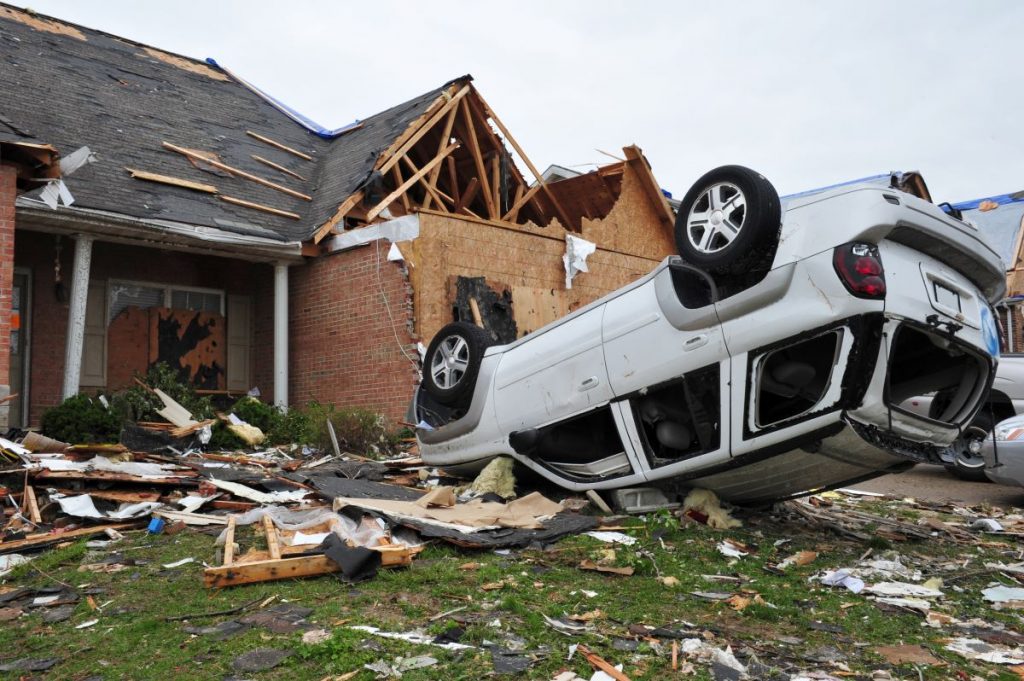Natural disasters cannot be prevented, but their effects on communities can be mitigated. Hurricanes, earthquakes, tornadoes, flash floods, landslides, and other types of natural disasters can have a significant impact on infrastructure, natural resources, economic activities, and more pressingly, they can put people’s life at risk.
Mitigation is the set of actions taken to prevent or reduce the negative effects of natural disasters on the community. Mitigation measures include awareness, education, preparedness, and education. Most of these measures fall on the government’s shoulders, but the actions of local communities are just as important in reducing the impact of natural disasters.
Here are some of the best ways to mitigate the effects of natural disasters on the community-level:
1. Offering government subsidy for trade education programs
The role of workers in skilled trades becomes even more highlighted when it comes to the mitigation of natural disasters. Skilled trade workers include electricians, construction workers, plumbers, EMTs, and paramedics. Many of these skilled tradesmen play a significant role in reducing the risk to life and infrastructure in times of natural disasters, which only further proves the importance of encouraging more people to go into skilled trades.
Offering educational subsidies to citizens is a great way to achieve this. With more people taking electrical trade qualification courses and other skill-based programs, the community will be better equipped to mitigate natural disasters and respond more efficiently.
2. Enhancing awareness, starting in schools
Awareness is the most important tool in minimizing the negative effects of natural disasters. Educating citizens about natural disasters, their causes, their potential effects, and what to do in case of a natural disaster helps increase the preparedness of the whole community.
Natural disaster awareness should start in school. Many communities already have awareness programs in place, but in most cases, these programs are inadequate and fail to stress the importance of preparedness to students. Local governments can fix this problem by putting more emphasis on natural disaster awareness programs, as well as reiterating these programs from elementary to high school in order to ingrain disaster information in students’ memories.
Awareness should not stop in school, however. Communities should also provide constant disaster awareness programs to the rest of the population, especially at-risk groups (elderly, persons with disabilities, people living in high-risk areas, etc.) to help people be more prepared in the face of a natural disaster.
3. Strengthening essential facilities
Communities should strengthen the disaster-preparedness of essential facilities, including hospitals, police stations, fire stations, emergency operation centers, and schools; otherwise, the buildings that will become most important in the event of a disaster.
Schools can serve as evacuation centers during disasters and protect students in case a disaster occurs during a school day. Healthcare and emergency facilities, on the other hand, are the primary centers of action during natural disasters. Upgrading and strengthening the infrastructure of these facilities is one of the best ways to increase the community’s disaster response. Moreover, making these facilities more resistant to disasters prevent unnecessary death and crippling of first responder forces.
4. Mitigating new development
Locating, designing, and constructing new developments with natural disasters in mind is another excellent way to mitigate damage and loss of life. For instance, development in hazard-prone areas should be limited to prevent losses when natural disasters occur. Emphasizing disaster-preparedness in building codes is also a powerful tool in mitigating the negative and potentially fatal effects of a natural disaster, particularly earthquakes and tornadoes.
Safety standards on fire hazards, dams, and water lines should also be upheld to prevent additional damage when natural disasters occur.

5. Protecting natural resources and cultural properties
Protecting natural resources should be a significant part of every community’s disaster mitigation plan. Protection of trees, wildlife, natural dams, and bodies of water can help reduce the possibility of a natural disaster from occurring in the first place. At the very least, it can minimize the impact on the community’s natural resources.
Communities must also protect cultural properties, especially items that cannot be replaced (artifacts, artworks, historic buildings, etc.). Protection of these cultural properties prevents the potential economical and emotional damage that can occur if a natural disaster causes permanent damage or loss. That said, disaster-preparedness preparation for monuments, museums, historical buildings, and other cultural structures must be held in higher regard; something that many communities fail to do until it is too late.
Natural disasters can have immensely damaging effects on communities. Failing to mitigate these natural disasters can make those effects even more severe. That said, communities must prioritize disaster preparedness in order to keep citizens, economies, natural resources, and infrastructure safe, starting with the recommendations highlighted above.

